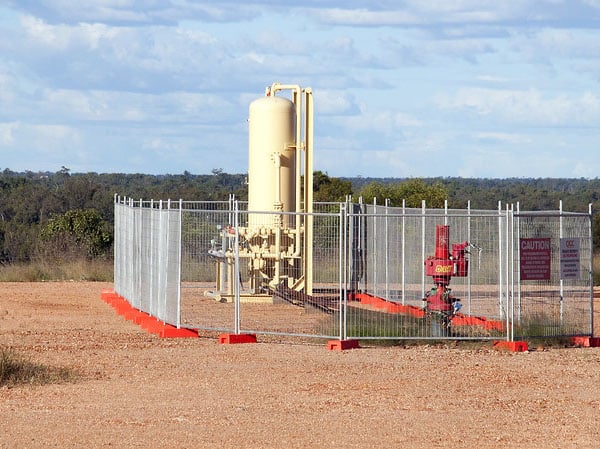Simple Shear Testing – approximate cohesion (c)
This test is designed to test the shear strength of laminated core. It is particularly suited to sedimentary rocks with a weak bedding plane that is perpendicular to the core. The test involves sitting the core in a saddle and loading centrally so that each end of the core is subject to an equal shear stress. The core almost invariably breaks at one end as one end will be weaker than the other. The value of shear stress at failure is calculated as half the load divided by the cross-sectional area of the core.

Modified GOST Shear (Mohr-Coulomb c and Ø)
This test is derived from the Russian standard ГOCT 21153.5-88. It involves inserting a core into a split cavity on each side of a split cylinder. The split cylinder is then rotated to a test angle and is loaded to failure. The loading applies normal stress and shear to the plane of the core between the split cylinder and shears the rock. By shearing sequential specimens at different angles, a variety of values of shear and normal stress at failure are acquired. These may be presented on a plot of shear stress versus normal load, and the cohesion and angle of internal friction can be derived. The original standard shows the core being sheared longitudinally. In the Sigra version the core is sheared transversely. In this mode, the shear strength behaviour of bedding planes may be directly measured. The test apparatus can accommodate specimens that are from 30 to 60 mm long. This enables a number of test samples to be obtained from a short length of core.


















